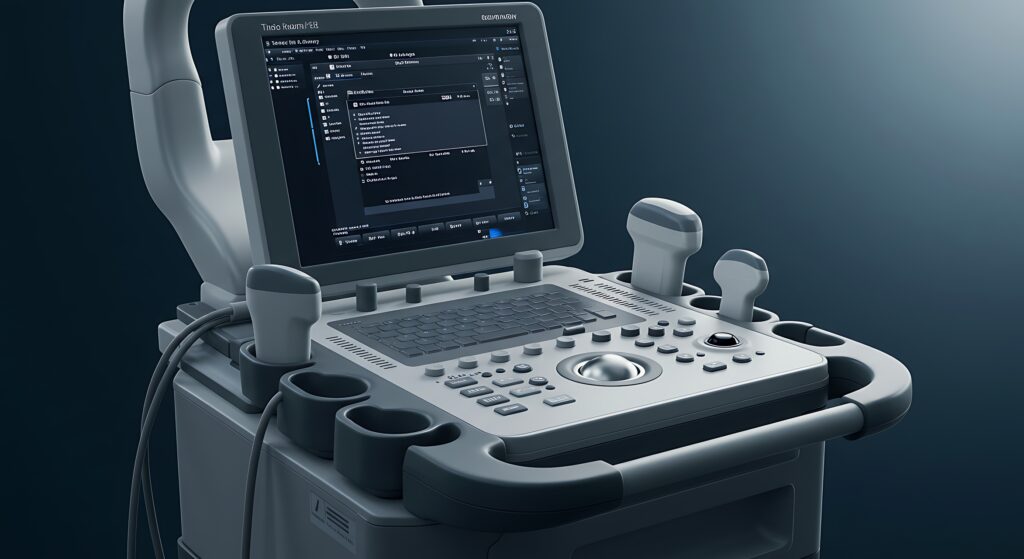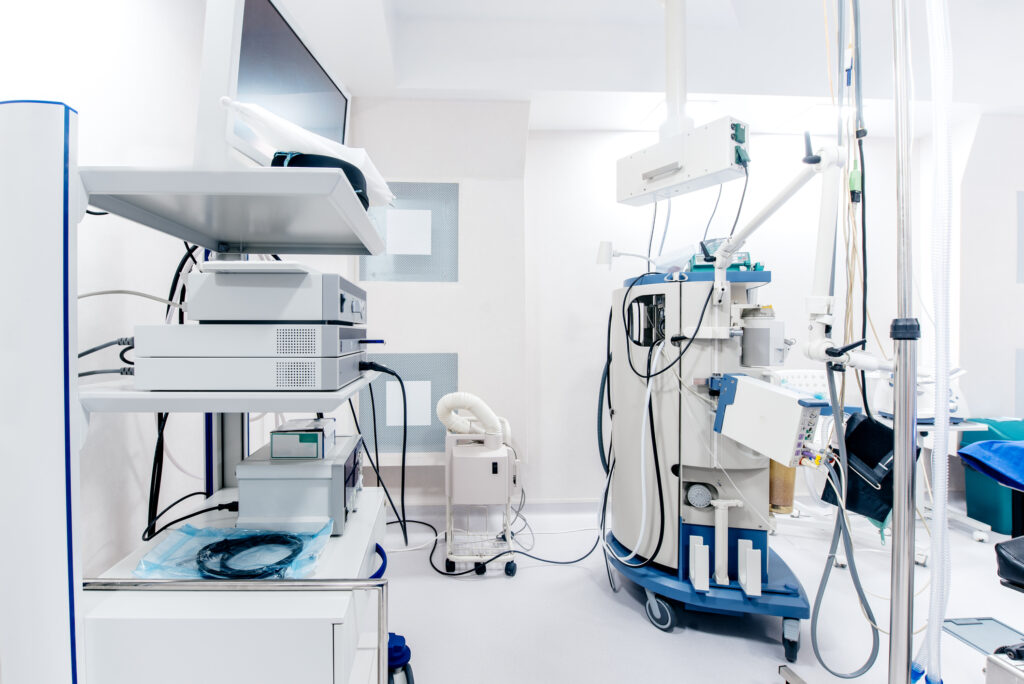Don’t want your defibrillator to be damaged?
Know that a cabinet will protect your AED and extend its useful life.
Hundreds of defibrillators are stolen every year. That’s before they even become unusable because they’re so damaged or out of date that they have to be replaced.
Your employees will find it and be able to get to it in time.
Don’t risk the fines, the lawsuits and the blame when there’s a life to be saved!
Here’s how to choose a defibrillator cabinet.
What you’ll discover:
- Why You Need A Quality Cabinet
- Cabinet Types That Actually Work
- Essential Features Every Cabinet Must Have
- Placement Strategies That Actually Work
- Common Mistakes That Kill Programs
Why You Need A Quality Cabinet
Did you know…
Sometimes up to 75% of people can’t locate an AED in their workplace when they need one. There are 10,000 workplace cardiac arrests a year. That’s real life. Real people. Real money.
A good cabinet addresses three key issues:
The weather is one of nature’s worst enemies of electronics. Defibrillators are also extremely sensitive to temperatures that are too high or too low. Plus, direct sunlight UV rays cause significant damage over time. High-end solar & wind powered defibrillator cabinets have protection systems that monitor the internal temperature. They turn on a heating/cooling system as required to keep your unit functional and at the right temperature from -40°C to +60°C.
Defibrillators cost a lot to replace. Quality cabinets have polycarbonate doors, stainless steel locking mechanisms, tamper-evident seals and alarm systems.
The real cost of human error or theft can cripple an organisation.
Cabinet Types That Actually Work
Different situations call for different types of cabinets. Here’s when to use each.
Indoor Wall-Mounted: The go-to cabinet for offices, schools, and other indoor environments where you want maximum visibility. Prioritise features like a large clear window, LED lighting, and compact form factor.
Outdoor Weatherproof: Designed to withstand the elements while still providing 24/7 access. These cabinets have an IP66 rating, plus heating and cooling systems, rugged construction, and advanced alarm systems.
Alarmed with Strobe Lights: Integrated alarms with both audible sirens and LED visual strobe lights are an immediate, unavoidable attention-getter when someone opens the door.
Pole-Mounted Units: Outdoor cabinets that mount to a pole instead of a wall. This makes them highly visible, unblockable and perfect for public places like parks and sports facilities.
Essential Features Every Cabinet Must Have
After studying hundreds of cases and cardiac arrest emergencies, I’ve seen certain features become key in the difference between life and death.
Temperature Control Systems
Defibrillators are complex electronic devices. Temperatures too hot or cold damage internal batteries and circuit boards. A device that won’t work when a life depends on it is worthless.
Look for cabinets that have:
- Thermostatic heating plates that sense temperature and turn on/off as required
- Thermal cut-out protection to shut off in case of overheating
- Full insulation to resist external temperature changes
- Temperature range indicator so you can see exactly what the internal temperature is
The very best temperature control systems can automatically maintain 5-25°C temperature ranges, inside or out.
Visual and Audio Alerts
So, someone opens your defibrillator cabinet. In the background and all at once, several processes must immediately be in motion.
Modern cabinets accomplish this by integrating advanced alarm systems with features like:
- 110dB sirens
- LED strobe lights
- Automatic notifications to emergency dispatch services
- Clear graphic emergency instructions
Access Control That Actually Works
This may surprise you…
The most secure cabinet on the planet isn’t worth anything if authorised users can’t access it in seconds during a medical emergency.
Good access control finds the balance between high security and rapid availability through:
- Combination locks with large, illuminated, easy-to-see numbers
- A break-glass option for absolute emergencies
- Multiple access methods (codes, keys, emergency break-glass option)
- Clear written instructions in multiple languages
Adequate Storage Space
The right cabinet must have room for:
- The defibrillator unit itself, along with its carry case
- Spare electrode pads
- Emergency scissors, face shields and preparation kits
- Instructions and educational materials
A cabinet too small to hold all the necessary equipment will slow your response time when every second is critical.
Placement Strategies That Actually Work
Location, location, location.
The placement of your cabinet will determine whether or not it becomes an essential life-saving tool or a very expensive piece of wall decor.
The 3-Minute Rule
Studies have shown that 74% of cardiac arrest victims survive if they are defibrillated within three minutes, compared to only 49% after three minutes.
So, here’s a simple test: Set a stopwatch and time how long it takes to walk to your cabinet from the farthest point people work, access the AED, and return. If it takes more than 90 seconds, get more cabinets or put this one in a better location.
High-Traffic Areas Work Best
Place cabinets by main entrances, near break rooms and vending machines, next to elevators, and with other emergency equipment. Don’t hide them in obscure corners or place them behind objects that could be easily blocked.
Follow Guidelines
Handles must be no more than 48 inches above the floor for wheelchair access (54 inches for parallel approach). The National Fire Protection Association says don’t mount cabinets higher than 60 inches from the floor.
Also, take into account things like locked doors, stairs, multiple levels, security systems or personnel that can all slow or prevent authorised emergency access.
Common Mistakes That Kill Programs
Budget cabinets may seem like a bargain until you need them and they fail.
Remember, 38% of cardiac arrest victims shocked with an AED survived long enough to be discharged from the hospital compared to 9% that just received CPR.
That’s your advantage. Don’t waste it.
Maintenance is key. Create and implement maintenance schedules for battery replacement, cleaning, lock lubrication, temperature checks and seal inspections.
Signage makes cabinets visible. Use large overhead signs visible from several angles, standardise cabinet and sign appearance throughout your facility and use illuminated signage where lighting is poor.
Training prevents security gaps. Ensure employees know cabinet locations, how to access them quickly, basic AED operation and how to coordinate with emergency services.
Making The Right Choice
Picking a cabinet isn’t about buying the lowest price option. It’s about making a well-informed decision that gives the best chance for survival when cardiac arrest strikes.
Look at your environment. Indoor vs. outdoor placement, security needs, access patterns, typical weather, power availability and maintenance capabilities.
Research found that when on-site AEDs were used, 49.6% of cardiac arrest victims survived with intact neurological function upon discharge, compared to only 14.3% who received CPR but no defibrillation.
Statistics. Just numbers until one of those percentages is your son, daughter, spouse, employee, customer or friend.
Final Thoughts
Selecting the right defibrillator cabinet means you need to understand that this isn’t just about protecting the defibrillator.
You’re creating a safety system that may one day save the life of someone you know and care about.
The best cabinets have a balance of protection, accessibility, visibility and advanced features that all work together to enhance rescue and emergency efforts.
That’s what matters. It’s clear that proper AED deployment with quality cabinets is the best way to increase the chance of survival. But until you know someone who needs to be saved… Statistics are just numbers.
Don’t let that emergency be when you realise your cabinet selection was a mistake. Spend some time and research now so you have a system in place that’s ready to go when every second counts.
Disclaimer
The information provided in this article is for general informational purposes only and does not constitute professional medical, safety, or legal advice. While every effort has been made to ensure accuracy, Open MedScience makes no guarantees regarding the completeness or reliability of the content. Always consult qualified professionals or relevant authorities when selecting and installing defibrillator cabinets or related emergency equipment. Use of any information provided is at your own risk.




